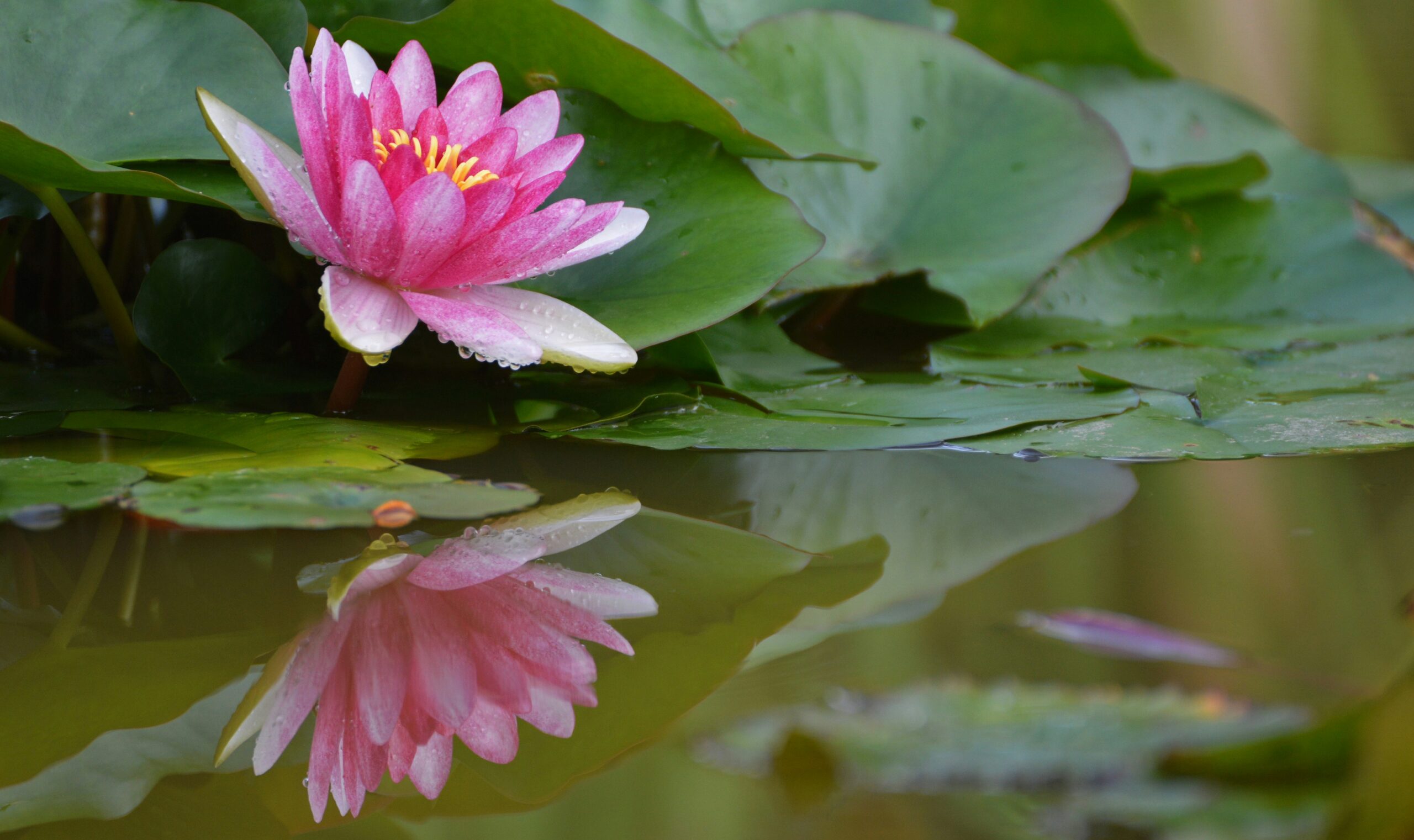Adding a water feature to your garden can transform it into a peaceful oasis. Whether you opt for a small pond or a larger water landscape, the presence of water adds a soothing and aesthetic appeal. Here’s how you can easily create one.

Choosing the right water feature
Before diving into construction, decide on the scale and type of water feature you want. A simple mini-pond might be perfect for smaller spaces, while a larger pond can offer room for aquatic plants and wildlife.
A mini-pond is easy to construct: choose a large waterproof container made of wood, zinc, or resin. Ensure it’s placed on a stable surface and fill it with soil, preferably clay-rich, to form a shallow "shoreline." This base will allow you to plant semi-aquatic vegetation like water hyacinths, lotuses, or water lilies. Not only do these plants beautify the feature, but they also help purify the water.
Steps to create a larger pond
For a more extensive project, you’ll need to dig and sculpt the land to create different depths for your pond. A standard pond might measure around 8 by 3 meters with various depths: 20 cm for edge plants, 60 cm for mid-depth areas, and up to 1 meter in other parts. Use a PVC liner at the bottom to ensure waterproofing, and install a filtration system to maintain clean water. You can even add a small waterfall for a dynamic, natural feel.
Cost and material considerations
The cost of creating a garden pond varies based on its size and the materials used. Liners can range from €3 to €10 per square meter depending on thickness and quality. For a ready-made pond, prices start at €50. Additionally, you’ll need to budget for a geotextile felt layer for around €1.5 per square meter, and a basic filtration system, which typically costs between €250 and €300.
Extra ideas for your water feature
If you’re looking for inspiration, here are a few unique water features you can add to your garden:
– Wall fountains: Ideal for small spaces, these add an elegant and calming touch.
– Artificial streams: Create a flowing stream through your garden to introduce movement.
– Cascading ponds: Multiple water levels that flow into one another create a dynamic effect.
Final thoughts
Incorporating a water feature in your garden is not only visually appealing but also beneficial for local wildlife, including frogs and insects. Whether you opt for a simple container pond or a more elaborate design, a water feature will bring tranquility and life to your outdoor space. Are you ready to start your next garden project?

 Open Immovlan
Open Immovlan